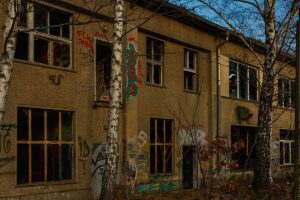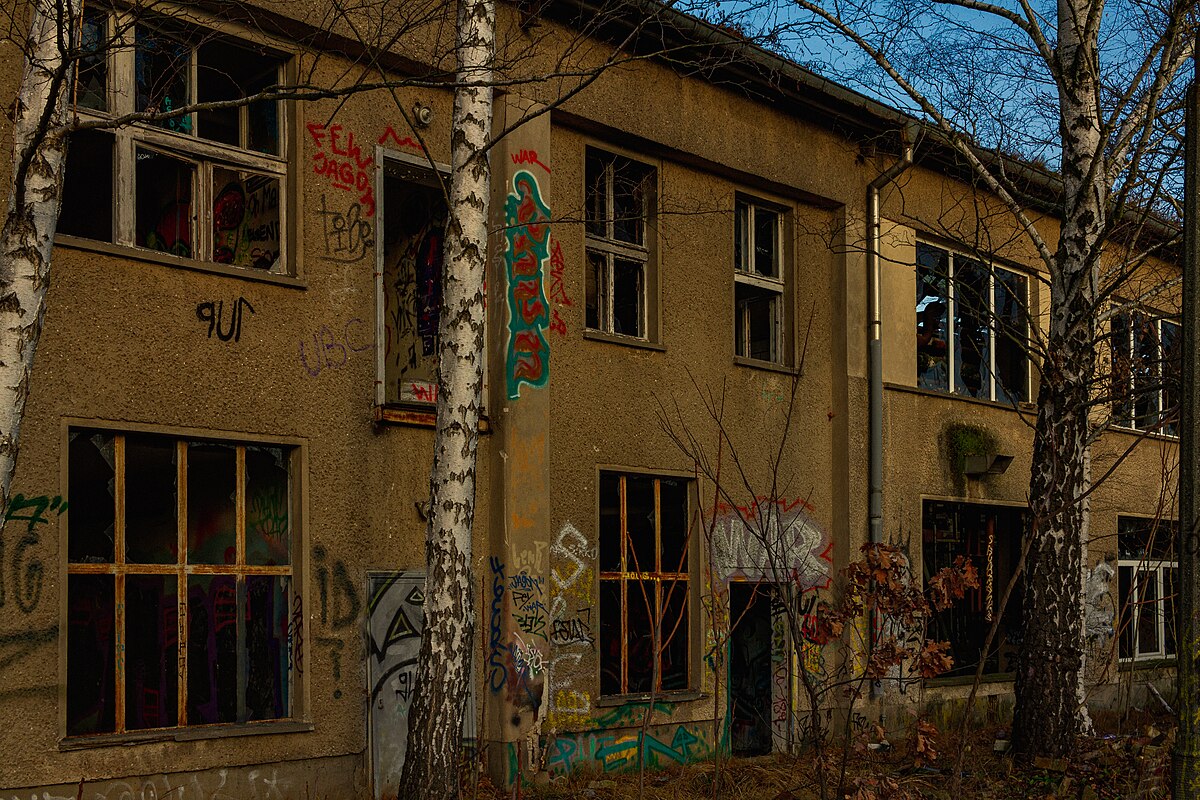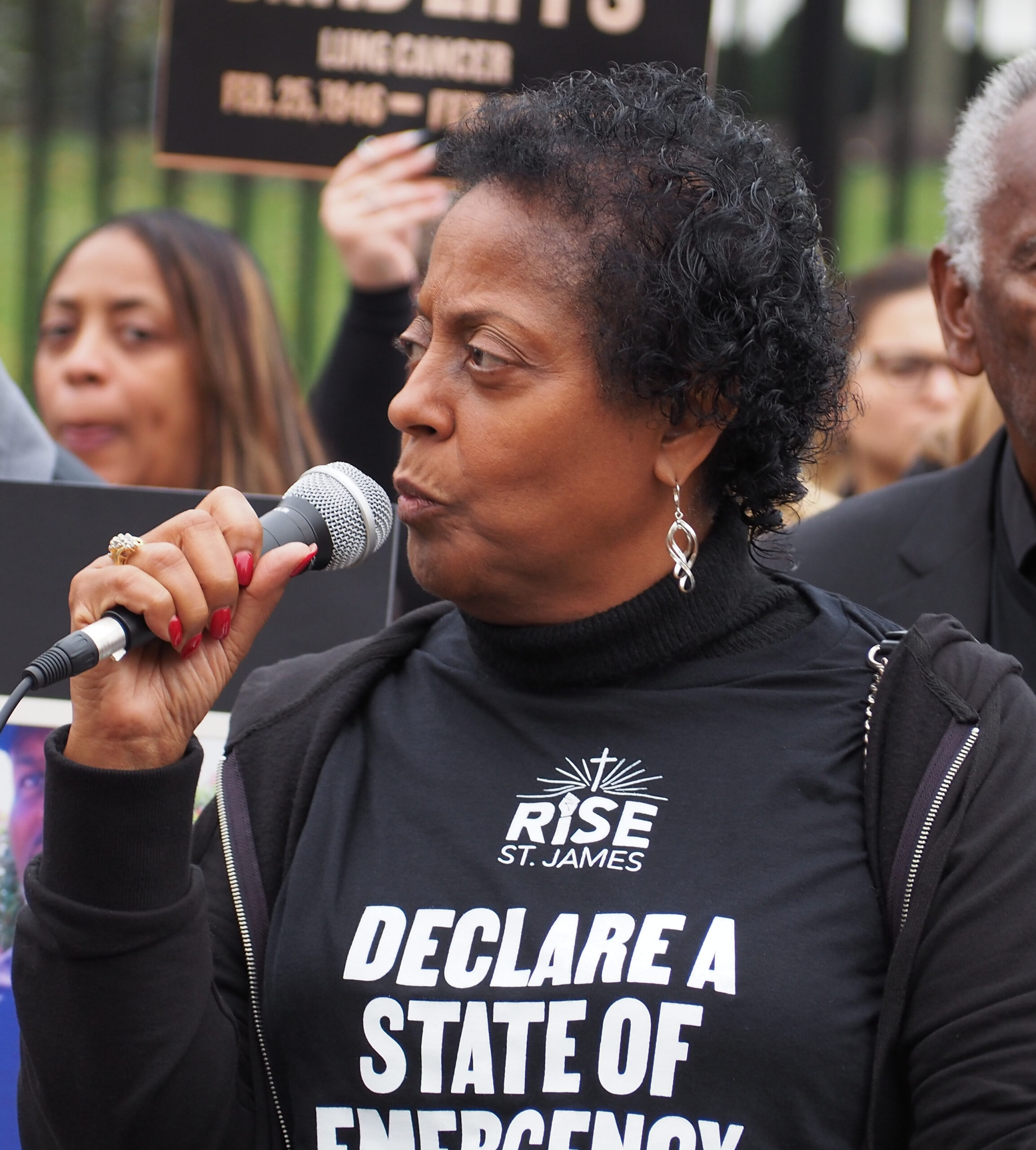Imagine you are walking through two different neighborhoods, both in the same big city. The first neighborhood is clean, with tall buildings in pristine condition and spotless sidewalks. The air smells fresh, the trees are cared for, no one is sleeping on the streets, and the sunlight reflects beautifully in the windows of tall apartment buildings and big houses. You feel a sense of security as you walk.
Now, contrast that with the second neighborhood where the pavement is cracked and the trashcans are so overflowing, you can smell it; there is graffiti on the walls and broken windows that have left shattered glass on walkways where people without housing are sleeping. In the distance, you can hear the echos of police sirens, and you feel uneasy. Which of these two neighborhoods would you feel safe walking around at night? The one in pristine condition with nice buildings and cleanliness, or the rundown, seemingly neglected one?
This harsh contrast is precisely what the broken windows theory (BWT) aims to address. Initially developed by James Q. Wilson and George Kelling in 1982 as a policing strategy, this theory suggests that visible signs of disorder can enable criminal behavior and must be controlled in order to prevent higher-level crimes. However, many questions have arisen as this theory becomes increasingly popular. The name of this theory comes from the idea that a single broken window in an abandoned building, if left unfixed, signals neglect; therefore, opening the floor for further damage and potential criminal activity.
But how accurate are our perceptions compared to reality? Are these perceptions just our prejudices’ response to signs of disorder? In this blog, we will explore how the BWT influences our perception of crime.
Broken windows theory suggests that minor signs of disorder, such as vandalism, public intoxication, and, well, broken windows signal a lack of social control — the informal and formal regulation of members of society to gain conformity and compliance — which can then escalate into more serious crimes. According to the theory, when communities overlook small infractions, residents and potential offenders may see the community as a place where rules and laws are not enforced.
Broken windows theory is rooted in symbolic interactionism, a micro view of how society is the product of interactions between people, which occur via symbols that have distinct meaning. Broken windows theory proposes that people are far more likely to engage in criminal behavior if they perceive their surroundings as disordered and unsafe, meaning that seeing signs such as graffiti tags would alert other deviants to the unchecked community, encouraging further criminal behavior.
 Additionally, labeling theory — a theory that explains how individuals are labeled as deviant and are more likely to act on the label — plays a role in understanding the process of a community being labeled as “deviant” or “criminal.” They will eventually be treated as such due to various social and systemic processes that reinforce this perception — such as targeted policing and economic disadvantages — causing residents to be treated as criminals regardless of the truth of these claims. When these areas are constantly being labeled as criminal or high-risk, they become stigmatized, which leads to the reinforcement of negative stereotypes and assumptions about the people who live there.
Additionally, labeling theory — a theory that explains how individuals are labeled as deviant and are more likely to act on the label — plays a role in understanding the process of a community being labeled as “deviant” or “criminal.” They will eventually be treated as such due to various social and systemic processes that reinforce this perception — such as targeted policing and economic disadvantages — causing residents to be treated as criminals regardless of the truth of these claims. When these areas are constantly being labeled as criminal or high-risk, they become stigmatized, which leads to the reinforcement of negative stereotypes and assumptions about the people who live there.
One of the main effects of broken windows theory is its power to shape or distort our perceptions of crime. Broken windows theory takes inspiration from earlier sociological work that studied urbanization or the process and development of urban area, and how deviance, the violation of a social norm, can spread though communities if left unchecked. Reflecting concerns about how our physical and social surroundings can shape our behaviors and influence societies’ views on crime.
When the disorder and disruption signs are evident, we instinctively assume that the area has a higher crime rate. This perception often leads to overall negative perceptions of the neighborhood, strengthening the belief that it is dangerous. Visible disorder influences our impression of security, making it more likely to view these areas as risky, even if actual data doesn’t support our perceptions.
Therefore, neighborhoods with a perceived “high crime rate” due to visible signs of lack of social control, are often subject to targeted policing, social stigmatization, and heavy patrolling. This, in return, can affect economic investments, job opportunities for the residents, and even the residents’ self-esteem.
While some credit BWT with reducing crime in certain cities, critics argue that the real factors of crime run deeper than just disorderly-looking areas. Many criminologists and sociologists have found that crime rates are not directly caused by disorder but are more likely a result of other structural issues like poverty, unemployment, or inequality rather than by visible disorder alone.
Furthermore, strict law enforcement for minor infractions can target low-income and minority communities. Aggressive policing tactics associated with BWT have led to police misconduct, racial profiling, over– policing, and mass incarceration worsening pre-existing social inequalities rather than solving crime.
As a result of prejudice and stigma, residents of these stigmatized areas face heightened surveillance and social exclusion, further enabling the cycle of isolation and marginalization instead of addressing the root cause of crime.
But what are the root causes? While BWT has grown in popularity as a plausible explanation for common symptoms of disorder, it often overlooks the deeper social, economic, and structural factors that contribute to crime.
Economic inequality is one of these factors, as lack of economic opportunity can lead to higher crime rates, as well as high unemployment rates, which can lead to economic desperation and a lack of social services, especially in communities that are vulnerable to systemic discrimination, further perpetuating the ongoing cycle of poverty and discrimination.
By solely focusing on the visible signs of urban decay, BWT can draw attention away from these underlaying issues. Therefore, skewing our perception of crime in these areas, making it easier for society to believe that crime is a result of disorder rather than societal factors.
In the 1990s, New York City adopted BWT into their policing system under Mayor Rudy Giuliani and Police Commissioner William Bratton. Their “zero-tolerance” approach focused on strict punishment for minor offenses (vandalism, public drinking, etc.) in the hopes that maintaining order would eventually help prevent more serious crimes.
 The strategy coincided with a drastic decrease in crime. Many have credited BWT for making the city safer. NYC became a bright example of crime reduction. However, critics still argue that the crime drop was more likely due to social and economic factors like an improved economy and nationwide crime declines.
The strategy coincided with a drastic decrease in crime. Many have credited BWT for making the city safer. NYC became a bright example of crime reduction. However, critics still argue that the crime drop was more likely due to social and economic factors like an improved economy and nationwide crime declines.
It is important to note that broken windows policing disproportionately targeted Black and Latino communities, leading to heightened tensions between police and residents. Minor infractions that would have been overlooked in wealthier, White neighborhoods resulted in criminal records for residents of marginalized communities. Over-policing creates a lack of trust in law enforcement and contributes to instability.
By the 2010s, it was evident that broken windows policing was not the right approach. The city eventually adopted a more community-focused policing style, leaving the harsh punishment of small infractions behind and focusing on addressing and investigating the real root reasons for crime increase and decrease.
The case of NYC demonstrates how BWT can shape public perceptions of safety, often perpetuating the idea that visible disorder equals danger — even when the reality is far more complex.
While broken windows theory has shaped crime perception and policing, its ongoing focus on minor infractions as the sole root of crime reinforces inequality and perpetuates negative and hurtful stereotypes. The real-world application of this theory is deeply flawed as increased surveillance and aggressive policing in marginalized neighborhoods further enables social divisions rather than addressing crime. The reality is that crime is not just the result of disorder, but rather a symptom of deeper structural issues.
To create safe and thriving communities, we must go beyond punitive policing and invest in meaningful, long-term solutions: funding education and job opportunities, promoting access to mental health resources, and implementing restorative justice programs that focus on rehabilitation rather than punishment. All of these initiatives target the root causes of crime, rather than criminalizing signs of poverty and urban decay.
Shifting the conversation from punishing disorder to uplifting and restoring communities can be the key to reshaping public perceptions of crime, and finally move away from fear-based policing to create areas of safety built on opportunity, equity, and justice.
Pineda-Horta is a guest blogger at UITAC Publishing. UITAC’s mission is to provide high-quality, affordable, and socially responsible online course materials.
Images used in this blog:
- “No NYC Hypocrisy Rally & March” by Alec Perkins is licensed under CC BY 2.0. This image has not been altered.
- “Broken Windows“ by Felipe Tofani is licensed under CC BY-SA 2.0. This image has not been altered.




